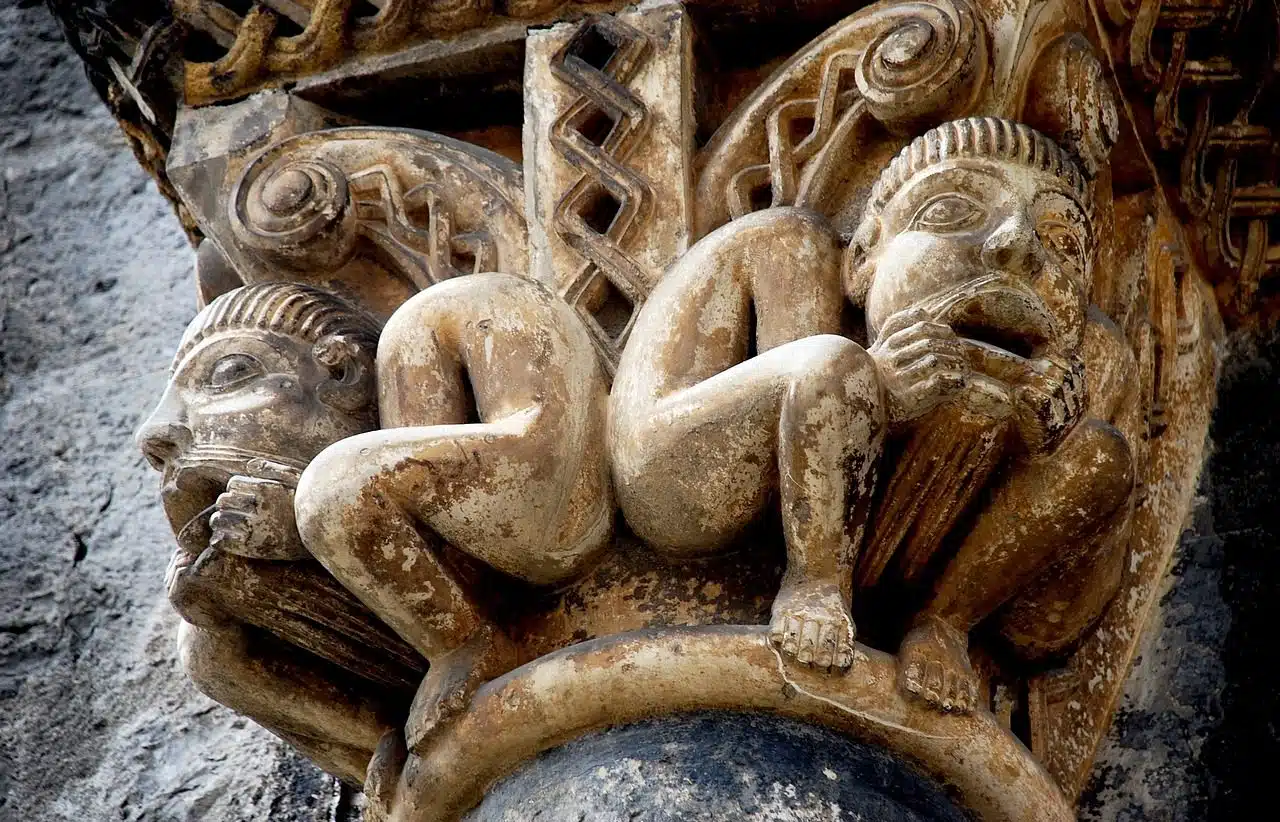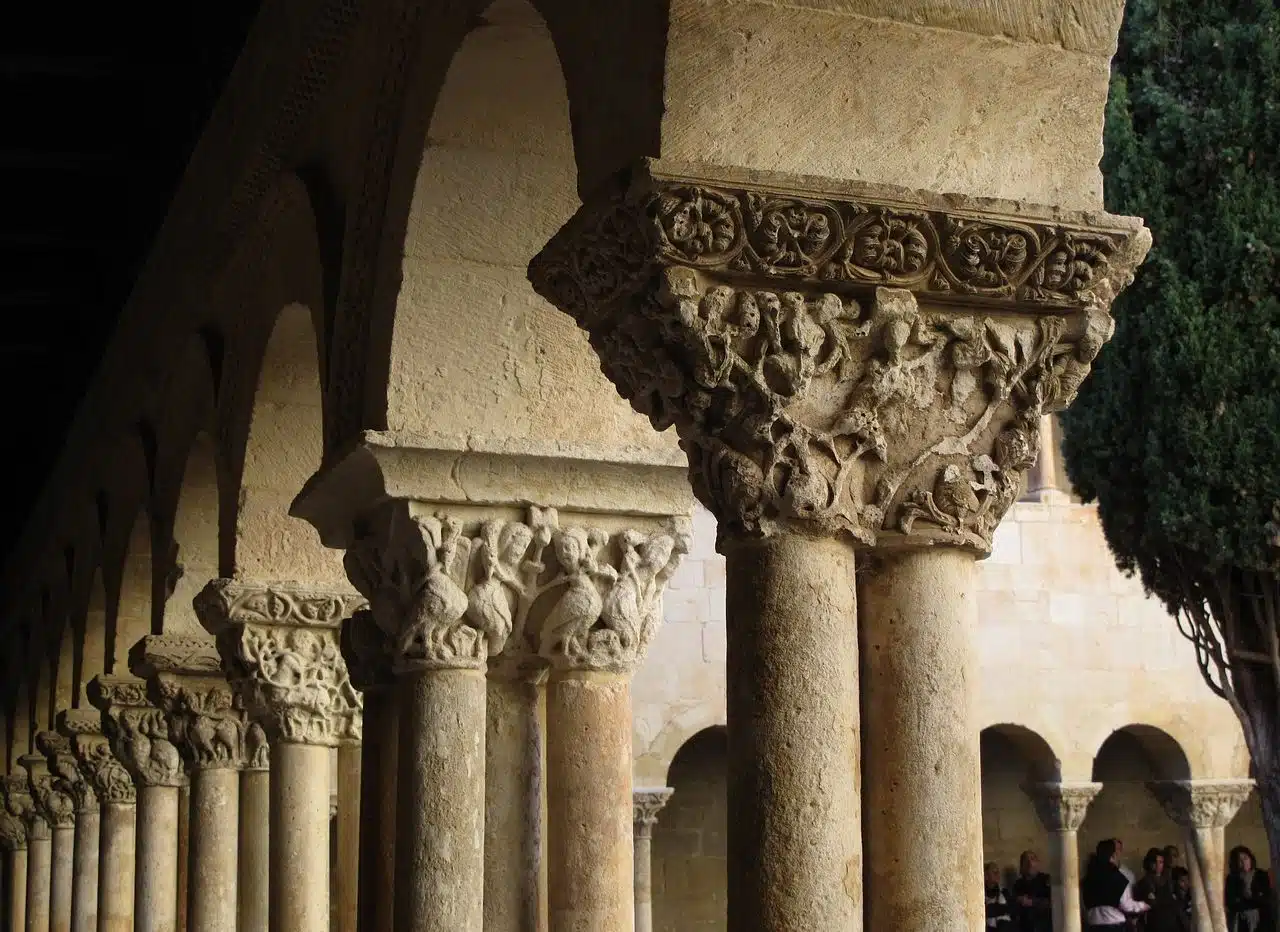
The capital is the upper area of a column or pilaster.
Capital is a term that comes from the Occitan language. In architecture , the upper sector of a pilaster or column is called a capital, which decorates it and complements it as a molding.
The capital is an architectural element that transmits the loads coming from the horizontal entablature to the pilaster or column . It also allows the transition of those parts between which it is located.
Types of capital
The Egyptian capital is the oldest known. According to its shape, it is called papyriform (imitates the papyrus plant), palmiform (inspired by date palms), hatoric (representing the goddess Hator ) or lotiform (created in honor of the lotus flower).
In Persia, capitals with two-headed figures were used. The Romans and Greeks, for their part, developed different types of capitals: Ionic , Doric , Tuscan and others. Then the Islamic capital , the Byzantine capital , the Gothic capital and other types of capitals emerged.
Not to mention that within the Muslim capitals we can also find various types such as the Caliphal capital , the Tuluní capital , the Taifa capital and the Nasrid capital .

Capitals are architectural elements that can have different styles.
More classes
There are many other important capitals in the history of art and architecture. Thus, for example, we come across the so-called pencas capital , which is a type of Muslim capital that was inspired, to a certain extent, by the Corinthian. However, he simplifies it in such a way that he does not represent all the acanthus leaves but simply their beginnings: the stalks.
In addition there is also the wasp nest capital . It is another Muslim type that is characterized by being composed and inspired by Roman architecture. The name is due to its large number of holes, created with a drill bit.
Nor should we forget the ribbon capital , which has its origins in the 12th century . The Almohads would have been the creators of it, which is characterized because it incorporates volutes but between the two includes a series of horizontal bands like ribbons.
But the richness of Muslim art does not stop there. Thus, within the sector there is also the Ataurique capital , where both plant motifs and pine cones take center stage, and the muqarnas capital , in which different compositions of stalactites gain relevance.
Other considerations about the capital
At a general level it can be said that a capital is made up of an astragal (the molding found at the base and that develops around the shaft of the column), a drum (the body of the capital) and an abacus (the board that It serves as a finish and supports the beginning of the lintel or arch).
It is important not to confuse a capital with a spire : the conical or pyramidal top of a tower. In any case, the dictionary of the Royal Spanish Academy ( RAE ) recognizes both terms as synonyms.
For botany , finally, the capital is the sheath or sheath that the leaves of certain plants form on the stipe.
